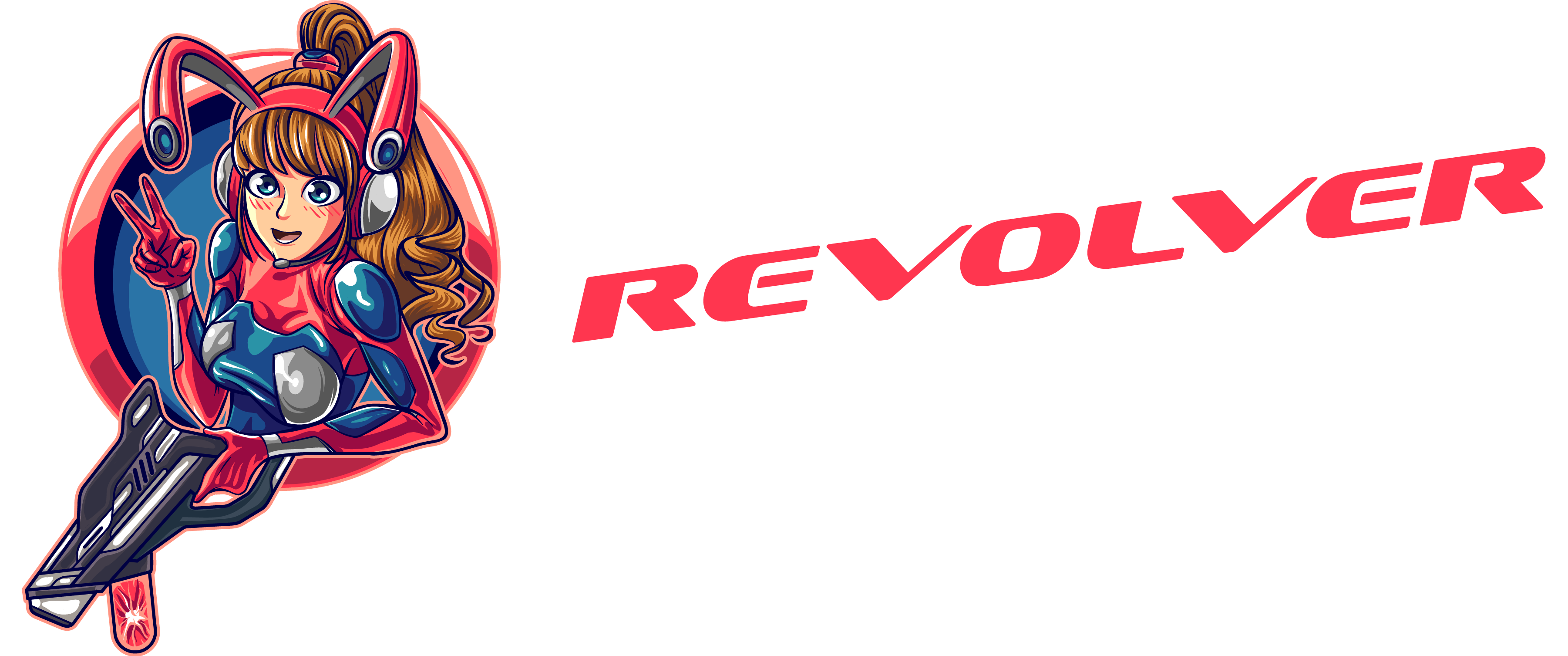The NBA’s approach to player performance monitoring has undergone significant transformation through wearable technology integration. Devices like WHOOP and Catapult represent an emerging frontier in professional basketball, though their full impact remains under investigation by sports science researchers.
While this article will stick to wearable tech in particular, the paradigm of technology extends far beyond that. NBA Fantasy Guide is a compelling example of how the virtual world complements real scenarios, thus helping sports fans and bettors explore the basketball realm in more detail.
Current Technology Landscape
Modern NBA teams increasingly rely on sophisticated tracking systems that monitor various physiological markers. These devices supposedly capture thousands of data points per second, measuring aspects like heart rate variability, sleep quality, and biomechanical load. However, the interpretation and practical application of this data continues to evolve.
Performance Optimization
The integration of wearable technology appears to influence training methodologies and game preparation strategies. Some teams report using collected data to modify practice intensities and adjust player rotations, though the direct correlation between these adjustments and performance improvements requires further study.
Injury Prevention Protocols
Early evidence suggests wearable devices might help identify injury risk factors, though the predictive accuracy remains debatable. Sports medicine professionals indicate that combining traditional assessment methods with technological insights possibly provides a more comprehensive approach to player health management.
Data Integration Challenges
Teams face complex decisions regarding data interpretation and implementation. While wearable devices generate extensive information, translating this data into actionable strategies presents ongoing challenges. Some analysts suggest the current technology might provide more questions than answers, highlighting the need for refined analytical frameworks.
Player Privacy Considerations
The widespread adoption of wearable technology raises important questions about player privacy and data ownership. The NBA and Players Association continue to negotiate frameworks for data usage, though consensus on optimal practices remains elusive. The balance between performance monitoring and personal privacy requires careful consideration.
Future Development Trajectories
The evolution of wearable technology in basketball likely continues as devices become more sophisticated and data analysis methods improve. Some experts predict increased integration of artificial intelligence in data interpretation, though the effectiveness of such approaches requires validation through peer-reviewed research.
Investment Implications
NBA franchises appear to be making substantial investments in wearable technology infrastructure. While precise financial figures remain private, industry observers suggest growing allocation of resources toward both hardware acquisition and analytical capability development. The long-term return on these investments requires further assessment.
This technological evolution represents an ongoing experiment in professional basketball, with potential implications for player development, injury prevention, and team success. As research continues, our understanding of wearable technology’s impact on basketball performance will likely expand and evolve.



